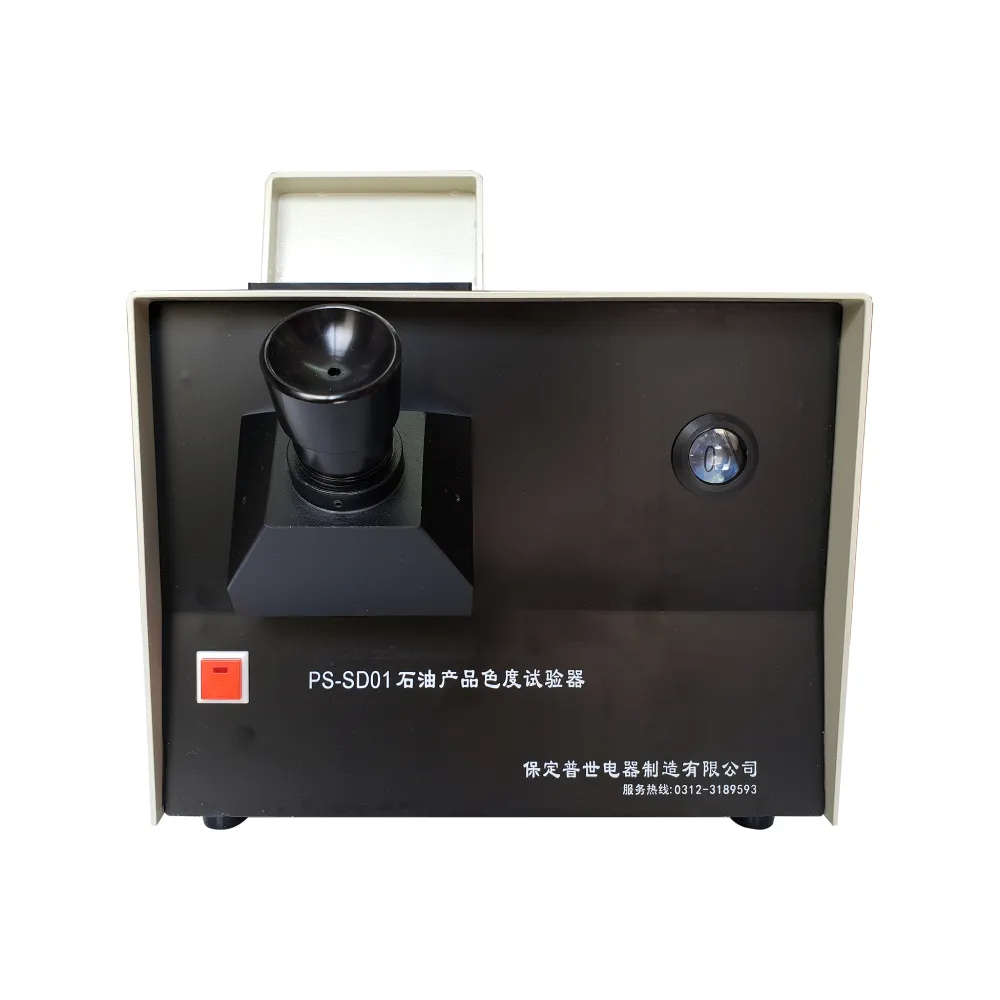 English
English


High-Quality Distilling Equipment for Professional Spirits Production and Craft Distilleries
Understanding Professional Distilling Equipment A Guide for Enthusiasts and Professionals
In the world of distillation, the equipment used holds significant importance, whether for creating spirits, essential oils, or other distilled substances. Professional distilling equipment encompasses a wide range of devices specifically designed for the efficient and precise extraction of desired compounds from mixtures. This article aims to provide an overview of professional distilling equipment, its components, and considerations for those interested in pursuing distillation at a higher level.
Types of Distillation Equipment
1. Pot Still Historically the most common type of distilling apparatus, the pot still consists of a chamber (the pot) where the mash is heated, and a condenser where vapors are transformed back into liquid. This type of still is known for producing spirits with a robust flavor profile, often preferred in artisanal distilleries.
2. Column Still Also referred to as continuous stills or patent stills, column stills allow for continuous distillation, making them more efficient for large-scale production. They feature a vertical column packed with various materials to facilitate multiple distillation stages simultaneously. This results in a higher purity and strength of the final product, making column stills popular for vodka and other neutral spirits.
3. Reflux Still This variation combines elements of both pot and column stills. It allows distillers to control the purity of the distillate by introducing a reflux mechanism that condenses a portion of the vapor back into the distillation column. This process increases the efficiency of separation, making it ideal for producing high-proof spirits.
4. Vacuum Distillation Equipment Vacuum distillation is used to distill heat-sensitive materials at lower temperatures, minimizing the risk of degradation. This type of equipment requires advanced technology to maintain a vacuum, allowing distillation at a controlled temperature without the need for extensive heating.
Key Components
Professional distilling equipment typically includes several essential components that work together to ensure a successful distillation process
- Heating Source The heating element, whether electric or gas-fired, provides the necessary heat to vaporize the liquid inside the pot or column.
- Temperature Control Precise temperature control is crucial for effective distillation. Many professional stills come equipped with thermocouples and digital controllers to monitor and adjust the temperature in real-time.
professional distilling equipment

- Condenser This component cools down the vapor, turning it back into liquid. Various designs include shell and tube condensers, Liebig condensers, and Graham condensers, each suited for different distillation needs.
- Collection Vessel Once the distillate is condensed, it is collected in a suitable vessel. Operators must choose the right type of container to ensure that the spirit is properly stored and protected from contamination.
Considerations for Choosing Equipment
When selecting professional distilling equipment, potential distillers should consider several factors
1. Scale of Production Understanding the scale at which you plan to operate is critical. Home distillers may only need small pot stills, while commercial distillers will require larger setups capable of handling high volumes.
2. Type of Products The intended product dictates the type of still one may choose. For aromatic spirits, a pot still may be ideal, while neutral spirits may necessitate a column still.
3. Budget High-quality distilling equipment can be a significant investment. Weighing the costs against the expected returns helps in making informed purchasing decisions. Additionally, consider ongoing maintenance and operational costs.
4. Local Regulations Distillation is strictly regulated in many regions. Before setting up any distilling operation, check local laws to ensure compliance with licensing and safety regulations.
Conclusion
Investing in professional distilling equipment is a commitment to quality and precision in the art of distillation. Whether you’re a budding artisan looking to craft your first batch or a seasoned professional seeking to upgrade your existing setup, understanding the types and components of distilling equipment is essential. As the industry evolves, embracing innovation in distillation technology will continue to elevate the quality and diversity of products available to consumers. With careful planning and informed choices, distillers can harness the full potential of their craft, producing remarkable spirits that delight enthusiasts and satisfy industry standards.
-
Differences between open cup flash point tester and closed cup flash point testerNewsOct.31,2024
-
The Reliable Load Tap ChangerNewsOct.23,2024
-
The Essential Guide to Hipot TestersNewsOct.23,2024
-
The Digital Insulation TesterNewsOct.23,2024
-
The Best Earth Loop Impedance Tester for SaleNewsOct.23,2024
-
Tan Delta Tester--The Essential Tool for Electrical Insulation TestingNewsOct.23,2024





